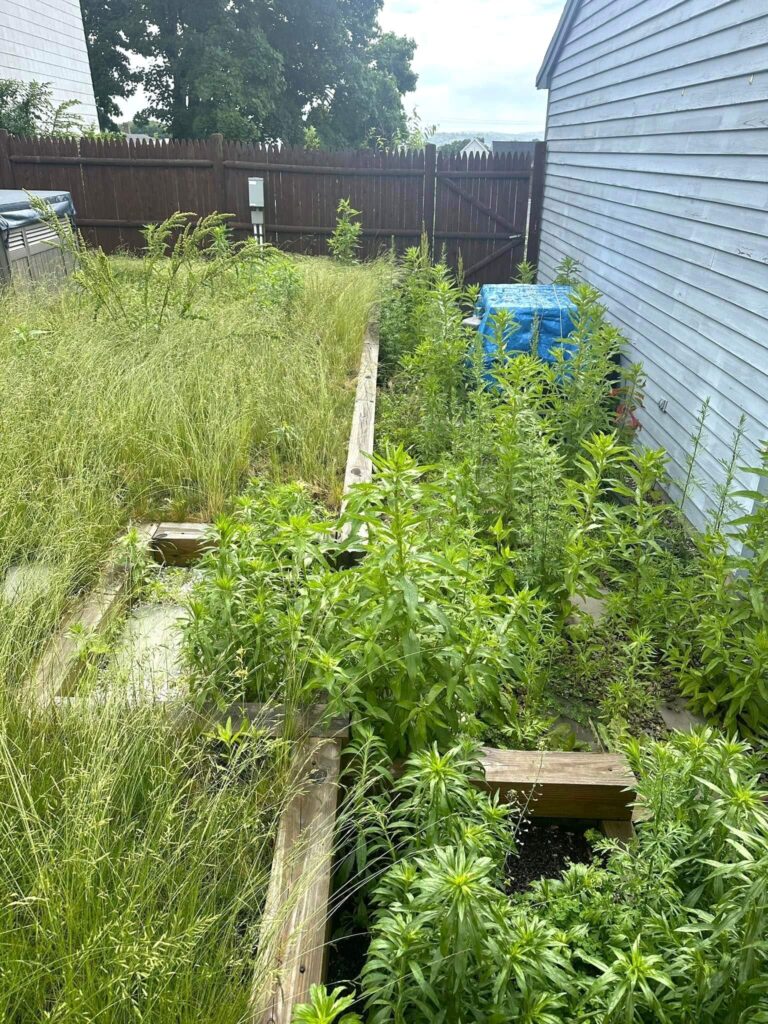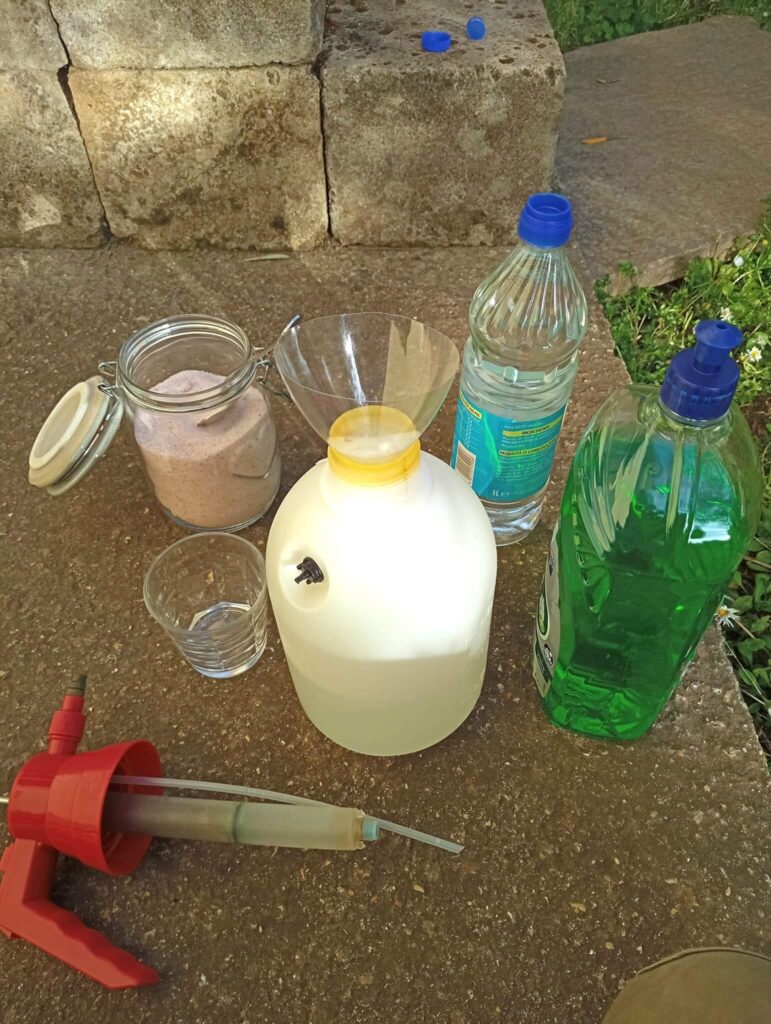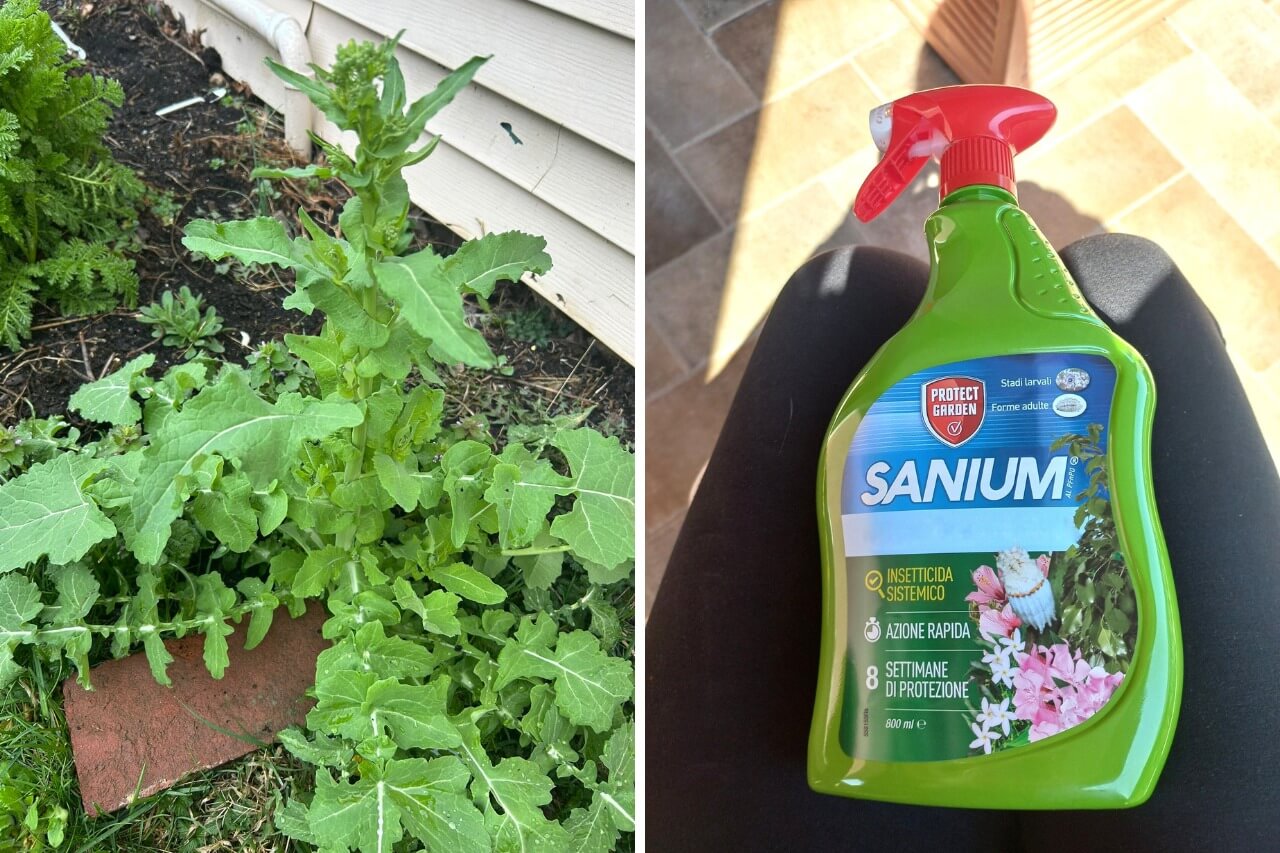As you know, I’m not a fan of chemicals and I use them only in exceptional cases. However, there are some times when you need to use weed killers to get rid of a large amount of weeds that have grown in your garden, especially if you have neglected it for a long time.
After applying the weed killer, the next thing that comes to mind is how long we must wait to seed grass.
Well, in any case, you need to give time for the weed killer to break down and dissipate in the soil. So it reduces the risk of any residual effects on your grass seeds.
But let’s see in more detail how long it’s best to wait to avoid any mistakes.
How long after weed killer can you plant grass seed?

Before we get into the details, it’s essential to know how weed killers work. Weed killers, also known as herbicides, are designed to eliminate unwanted plants in our gardens.
They do this by going after certain enzymes or proteins in the plant. Which stops the plant from growing and kills it.
As you can easily deduce, they are good at removing weeds but can also hurt grass and other plants.
This waiting period allows the weed killer to take effect and prevent potential interference with new grass growth.
Planting too soon after spraying it can fail grass seed germination and the reemergence of weeds.
Waiting Period

In the photo above you can see Canada thistle, a very invasive plant that can even cause hives.
It has long roots and it’s difficult to remove. Even if you pull them, they easily come back if you don’t get all the root out.
It’s one of the few plants on which I’ve used a weed killer since it continually produces new shoots, invading new areas and outcompeting other plants.
Back to the waiting period, the exact time of waiting depends on what type of weed killer is being used.
A general recommendation is to wait at least two to four weeks before sowing grass seeds. This dissipates residual chemicals and ensures a fresh start for your new grass.
However, always remember to follow the weed killer manufacturer’s directions because the waiting time can vary based on the ingredients that have been used.
Certain chemicals may have a shorter residual effect. While others may persist in the soil for weeks or months.
Usually, a month’s wait is considered safe enough to start planting new grass seeds after using commercial weed killers.
ALSO READ: Most Common Gardening Mistakes to Avoid
A Natural Alternative

As an alternative, before using a chemical solution, you can also opt for natural remedies.
For example, I have a formula that my grandmother has used for years, and it always works well.
For every liter of water: add one tablespoon of salt, one glass of vinegar, and one tablespoon of dish soap.
The role of the dish soap is to act as a sticking agent for the mixture. Surfactants are commonly used in professional agriculture to break the surface tension of water, helping the solution spread evenly over the plants being treated.
They also make the product more persistent and less likely to be washed away by rain. Remember that this works as a contact weed killer, so it’s important to apply it evenly over the weeds.
You can apply it following the same rules I explained in the article on how to apply fungicide.

